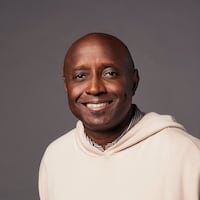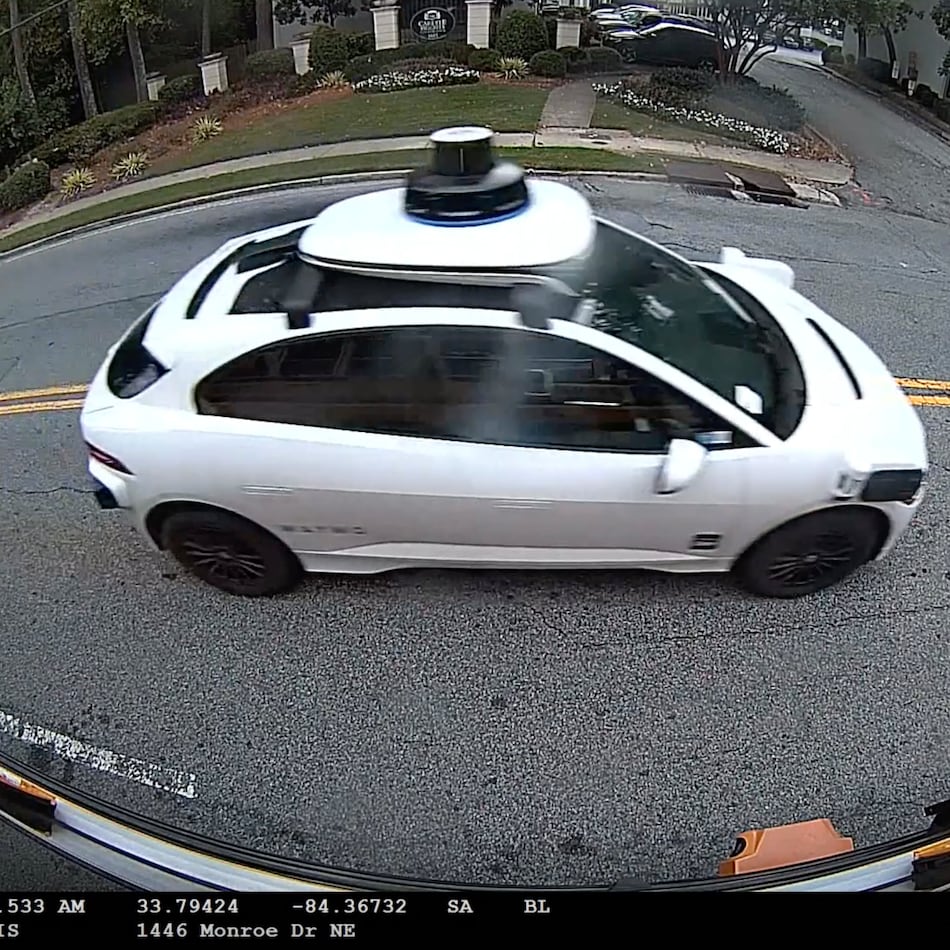The NBA was the first major domestic sports league to shut down operations because of the novel coronavirus pandemic. It safely and successfully concluded its season inside a so-called bubble at Walt Disney World last summer. The NBA did all this while being socially responsible. No other league could manage all that.
Now the NBA is threatening to ruin those good vibes and goodwill. COVID-19 infections have forced the league to postpone multiple games. The vaccine isn’t expected to be widely available for weeks. Faced with those challenges, the NBA is cooking up some bad plans to help its business.
The NBA made a positive contribution to public health last summer. Now the league is contemplating trying to move its low-risk employees closer to front of the line for scarce vaccines under the guise of a public education campaign.
The league that’s increasingly struggling to play games as scheduled (and with depleted rosters for others) is considering holding an All-Star game in Atlanta on March 7. The NBA would give cover to this marketing move by tying it to support for Historically Black Colleges and Universities and COVID-19 relief.
These are bad ideas that reek of desperation for commissioner Adam Silver. Before the season, he said postponements were inevitable. He insisted the league’s players wouldn’t “jump the line” for vaccines. Apparently the scope of the postponements (22 as of Tuesday afternoon) and the slow pace of the vaccine rollout has Silver reconsidering.
If the league really wants to help HBCUs and with COVID relief, it should just give money directly to those institutions and to public health programs. An All-Star game risks more COVID-19 infections for participants and more postponed games. That wouldn’t be ideal, but the NBA can run its private enterprise as it sees fit.
More worrisome is Silver’s shifting stance on vaccines, which is a matter of public health.
The Centers for Disease Control has provided recommendations on who should get the vaccine first. The first phase includes health-care workers and residents of long-term care facilities. Next are “frontline essential workers” and all people aged 75 years or older. Then comes people aged 65 or older, younger people with underlying medical conditions and other essential workers.
Already not all demand has been met in some locations because of vaccination shortages and problems with rollouts. Given that NBA players aren’t essential workers, it’s unlikely there are more than a handful of them who qualify for the CDC’s third phase.
“There’s no way we’d ever jump the line in any form whatsoever,” Silver said before the start of the regular season in December.
The NBA’s players remain young and relatively healthy. The league’s circumstances have changed. It hopes to conclude a 72-game regular season in mid-May with a play-in tournament and playoffs to follow. That will be harder to do if players aren’t vaccinated. Suddenly, Silver’s unequivocal stance on vaccines sounds squishier.
Here’s what Silver said on a media call last week: “At the appropriate time, whenever that is and whether that’s directed federally by (National Institutes of Health) or CDC or ultimately state-by-state programs, we think there’s real value in our players demonstrating to a broader community how important it is to get vaccinated.”
Silver cited the reticence that some Black people have about vaccinations. That’s a real thing. The Tuskegee syphilis study, in which researchers left 399 Black men untreated while telling them they were receiving free health care, is just one episode of this country’s medical racism. That history, and the ongoing institutional racism in the health-care system, sow distrust among Black people.
The NBA should help with education efforts about the vaccine. It can do so without active players getting vaccinated before it’s their turn. Whatever value that public-education message would provide to the public is outweighed by elite athletes taking vaccines that should go to more vulnerable people. The NBA can recruit its legendary Black players to help, as Kareem Abdul-Jabbar did with a recorded video message.
The NBA has demonstrated it can thread the needle of protecting its business and contributing to public health. Testing shortages were a concern when the league restarted its season at Disney World in July. In response, the NBA became part of the solution.
The league funded COVID-19 tests for communities. That program started in the Orlando area and later expanded to several cities with NBA teams. The NBA also funded a Yale School of Public Health study to develop a rapid saliva test.
Obviously, those were not solely altruistic decisions by the NBA. In both cases, the NBA’s self-interest aligned with the public’s. Free community testing and the development of a rapid test were tangible goods. It would be detrimental to the public if players get a COVID-19 vaccine while availability is scarce.
Silver and the league’s owners should focus on working with players to contain the virus as much as possible. Over the past two weeks the league tightened what had been lax enforcement of rules for masks on the sidelines and prohibitions against contact among players pregame and postgame. It’s an open question whether those rules make much of a difference for athletes playing a contact sport in close quarters, but the NBA had to try something to stem the tide of infections.
The league postponed 10 games during the week of Jan. 10-16 and seven last week. The Grizzlies have a COVID-19 outbreak that’s forced five postponements so far. The Spurs and Pelicans didn’t play a scheduled game Monday because contract tracing left both teams with fewer than the minimum eight available players.
That’s how it goes for sports leagues that don’t isolate their players as COVID-19 spreads uncontrollably. The NBA’s bubble is the only setup that’s really worked. It’s understandable why the league opted against one for 2020-21.
The Disney restart included 22 of 30 teams. Most of them were there for about two months. It would be tough on players and coaches to isolate for five-plus months in one location. The realistic options were playing the season outside of a bubble, or not playing at all.
NBA players, like many other workers, had to weigh the health risks of doing their job against their desire to earn paychecks. Unlike the vast majority of workers, NBA players have the leverage to control their job conditions. And the average NBA player isn’t in danger of being unable to afford necessities if they opt out of work.
The players decided to work. The league decided the postponements are worth it and created a schedule with flexibility for makeup games. The NBA and its players should live with the outcomes of those decisions.
It’s probably best to forget about the All-Star game. And players jumping the line for vaccines should be out of the question.
About the Author
The Latest
Featured

